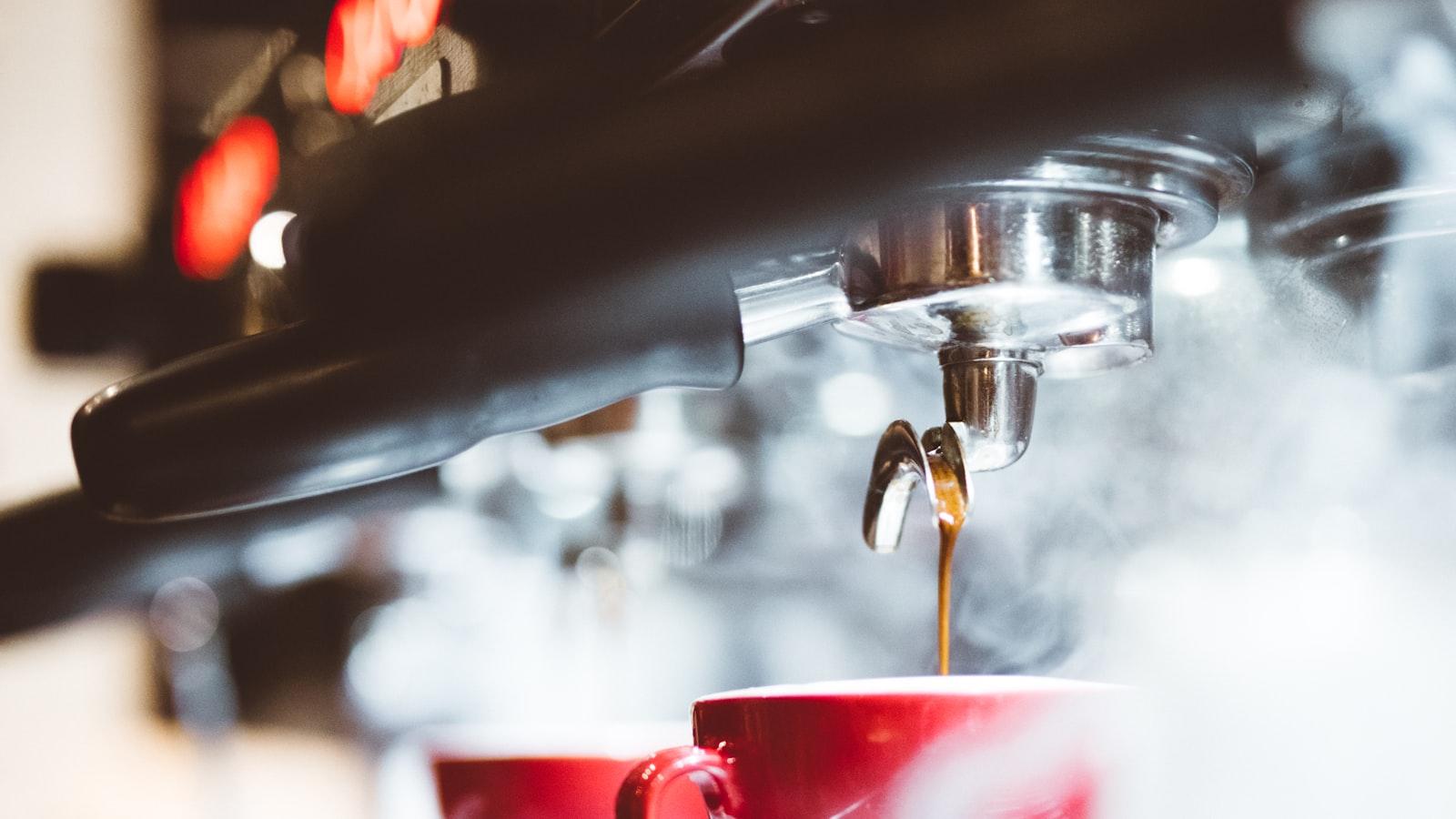When you walk into a café and order a coffee, you may be presented with a menu that includes terms like “upside down” or “reverse.” But what exactly does it mean to have your coffee turned on its head? In this article, we will delve into the world of upside down coffees and uncover the secrets behind this intriguing concoction. Stay tuned as we explore what makes a coffee “upside down” and why it has become a popular choice for coffee enthusiasts everywhere.
Table of Contents
- The Science Behind Coffee Layering
- Key Factors Influencing Coffee Upside Down
- Optimal Techniques for Achieving the Perfect Coffee Inversion
- Exploring Different Types of Coffee Turned Upside Down
- Q&A
- The Way Forward

The Science Behind Coffee Layering
Have you ever wondered what makes a coffee upside down? It’s not just about aesthetics, but also about the science behind the layering of different ingredients in a cup of coffee. The key to creating a visually appealing coffee upside down lies in the density and temperature of each component used in the drink.
The process of layering coffee is a delicate balance of science and art. To achieve the perfect upside down coffee, baristas must take into account the weight of each ingredient, as well as its temperature. This careful consideration ensures that the layers of the coffee remain distinct and visually striking. So next time you order a layered coffee, take a moment to appreciate the meticulous science behind each beautiful sip.

Key Factors Influencing Coffee Upside Down
Coffee upside down occurs when certain key factors align to create a unique and intriguing experience for coffee lovers. One of the primary factors influencing this phenomenon is the brewing method. By using a method such as the pour-over technique or the French press, the flavors of the coffee are intensified, resulting in a rich and complex taste profile that can turn your coffee experience upside down.
Another important factor contributing to a coffee upside down is the quality of the beans. Opting for high-quality, freshly roasted beans can make a significant difference in the overall taste and aroma of your coffee. Additionally, factors such as the water temperature, grind size, and brewing time all play a crucial role in creating that perfect cup of coffee that will leave you pleasantly surprised and wanting more.

Optimal Techniques for Achieving the Perfect Coffee Inversion
When it comes to achieving the perfect coffee inversion, there are several optimal techniques to consider. One key technique is to ensure that your grind size is consistent and just right for your brewing method. Whether you prefer a French press or a pour-over, finding the ideal grind size can make a significant difference in the taste and quality of your coffee.
Another technique to master is the timing of the inversion process. Make sure to follow the recommended steeping time for your specific brewing method and adjust as needed to achieve the desired strength and flavor profile. Experimenting with different ratios of coffee to water can also help you find the perfect balance for your taste preferences. Remember, practice makes perfect when it comes to mastering the art of the coffee inversion!

Exploring Different Types of Coffee Turned Upside Down
One of the most intriguing ways to enjoy coffee is by turning it upside down – quite literally! This unique method involves flipping the traditional coffee-making process on its head, resulting in a deliciously different flavor profile. From the classic Vietnamese egg coffee to the trendy Australian flat white, there are countless variations of upside down coffee that cater to every palate.
What sets a coffee upside down apart from a regular cup of joe is the unexpected combination of flavors and textures. By reversing the order of ingredients or brewing methods, baristas and coffee enthusiasts alike are able to create innovative and exciting drinks that challenge the norm. Whether you prefer a frothy cappuccino served in a glass upside down or a rich espresso topped with silky steamed milk, is sure to delight your taste buds and ignite your sense of adventure.
Q&A
Q: What exactly is an upside down coffee?
A: An upside down coffee is a unique way to serve a traditional espresso-based drink that reverses the order of ingredients, with the milk or foam on the bottom and the espresso on top.
Q: What inspired the creation of the upside down coffee?
A: The upside down coffee was created as a playful twist on the classic coffee presentation, offering a visually appealing alternative for coffee lovers.
Q: How does the flavor differ in an upside down coffee compared to a regular coffee?
A: The flavor in an upside down coffee is typically the same as a regular coffee, but the presentation allows for a more layered tasting experience as you sip through the espresso and milk/foam.
Q: Can any type of coffee be served upside down?
A: Yes, any type of espresso-based drink can be served upside down, including lattes, cappuccinos, and macchiatos.
Q: What are some popular variations of the upside down coffee?
A: Some popular variations of the upside down coffee include the upside down caramel macchiato and the upside down vanilla latte, which add additional flavors to the traditional espresso and milk combination.
Q: Is there a specific way to make an upside down coffee at home?
A: To make an upside down coffee at home, simply prepare your espresso as usual and pour the milk or foam into the cup first, followed by carefully pouring the espresso on top. Enjoy!
The Way Forward
the inverted coffee brewing method offers coffee enthusiasts a unique and flavorful experience that goes against the traditional brewing norms. By flipping the process on its head, you can enjoy a delicious cup of coffee that highlights different flavor profiles and complexities. So next time you’re looking to spice up your coffee routine, why not give the upside-down method a try? Who knows, you may just discover a new favorite brew. Cheers to thinking outside the cup!










